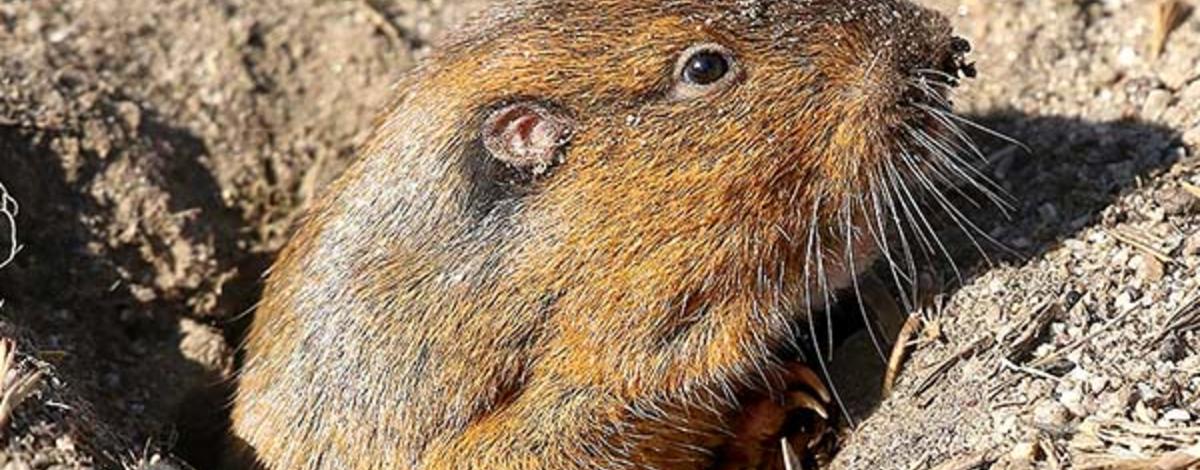For many of Idaho’s hibernating creatures, living below ground while Old Man Winter pays his annual visit is just a temporary lifestyle fix, like folks going to Arizona for warm January days on the golf course. But for the pocket gopher, subterranean living is a full-time job with no PTO.
The pocket gopher is quite acclimated to dirt life. Chances are you’ve seen its tailings of dirt snaking across the landscape. And when you work a nine-to-nine job, that hard work adds up – a pocket gopher’s burrow system can tally as much as five tons of soil a year. Sure, that might not be too tall of an order for a modern skip loader, but when your hands are the size of nickels you might be at it for a while.
Idaho is home to three species of pocket gophers: Townsend’s, northern and Idaho. Townsend’s are the largest of the three and can be found across much of southwest and south-central Idaho. Northern pocket gophers (despite the name) are found across the majority of the state, and the rarest – the Idaho pocket gopher – are incredibly rare, having only been seen 10 times in the last 20 years.
Pocket gophers construct two-story burrows, with the top-level (closest to the ground) being their produce department, usually stocked with roots, tubers and other plants. Beneath this level is their living quarters. Pocket gophers dig out a whole floorplan, including a pantry, a sleeping area and a place to raise young.
Around this time of year, folks out hiking might encounter long networks of dirt lines snaking across the landscape. Rest assured, they are not from snakes.
Pocket gophers will spend their winters doing what they do best: digging. As they burrow through the snow, they push the dirt aside, causing long ridges to form. After the snow melts, those ridges show just how busy the pocket gophers were.
To dig a little deeper into the lives of Idaho’s three pocket gopher species, check out April’s issue of Wildlife Express, Idaho Fish and Game’s monthly educational wildlife newsletter. Wildlife Express is a great resource for teachers as well as parents and their kids who want to get their hands dirty with some fun DIY wildlife-inspired activities.




